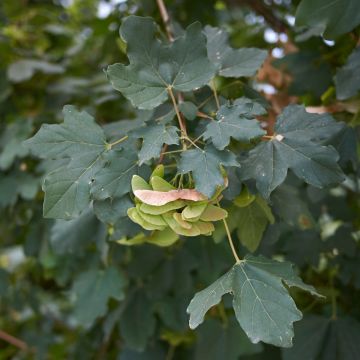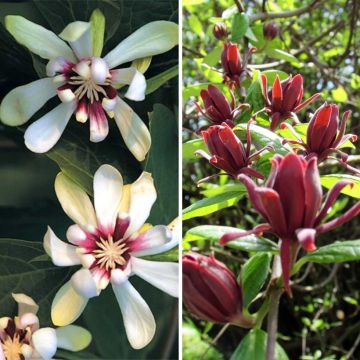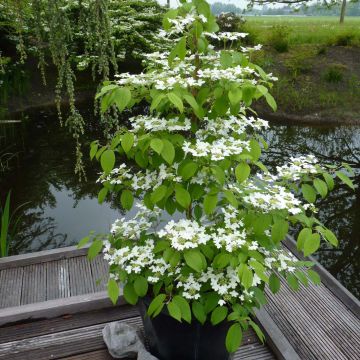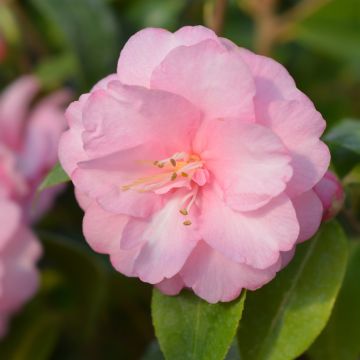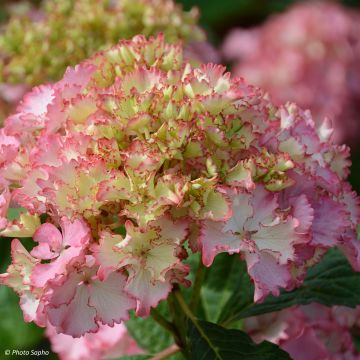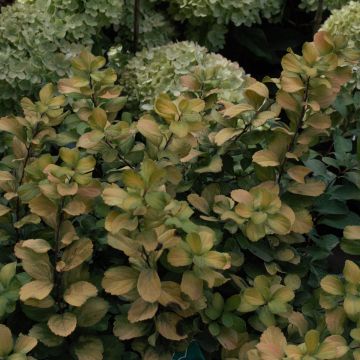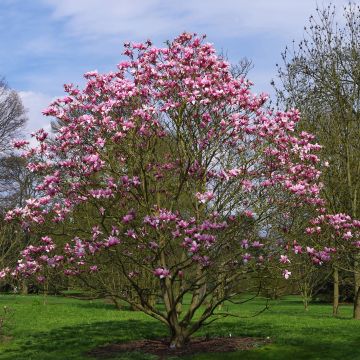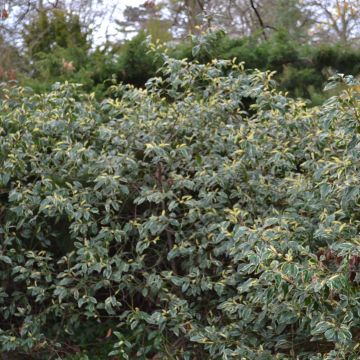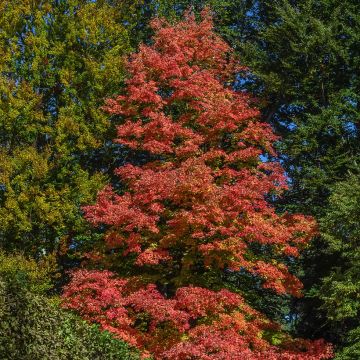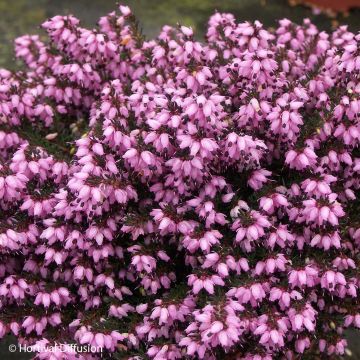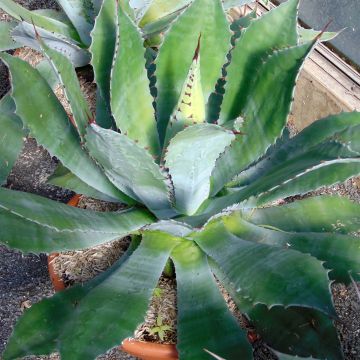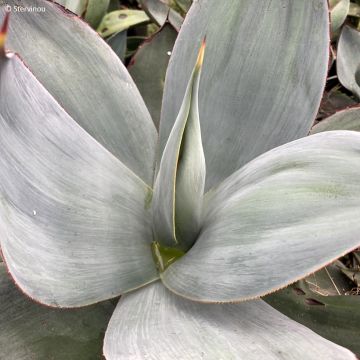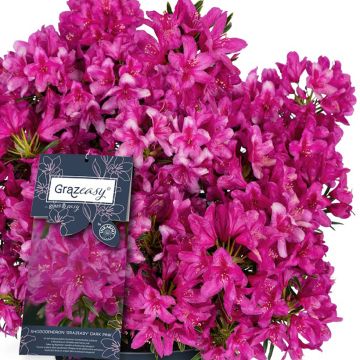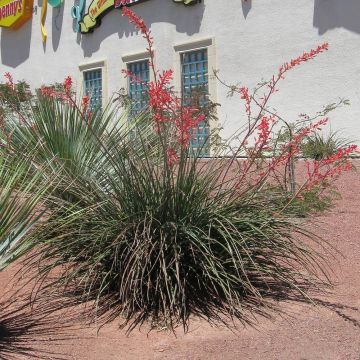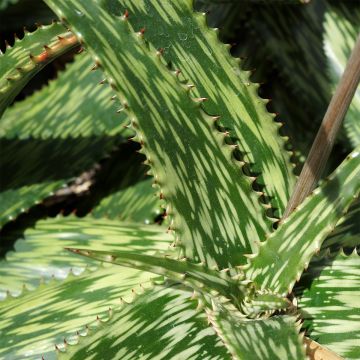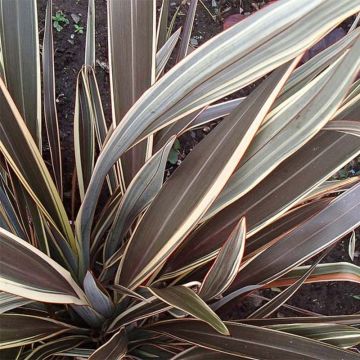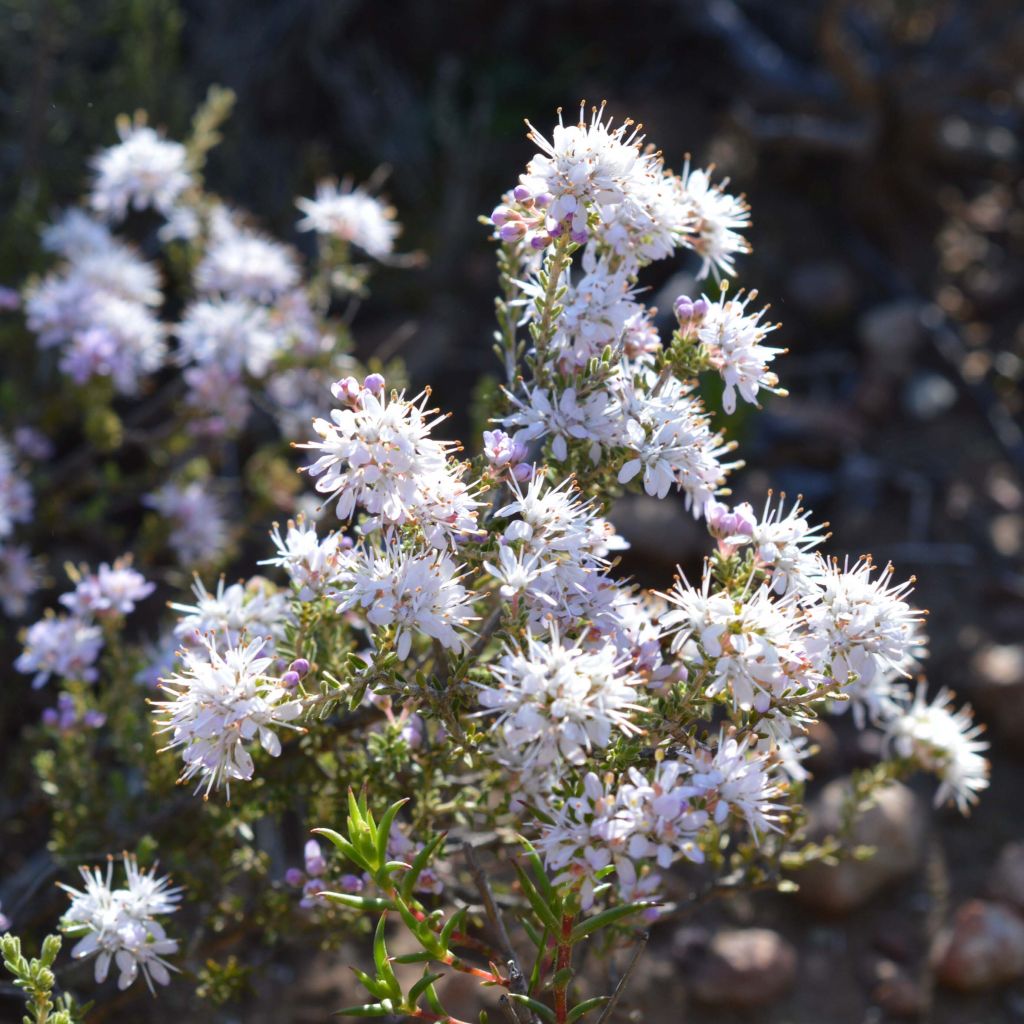

Agathosma capensis
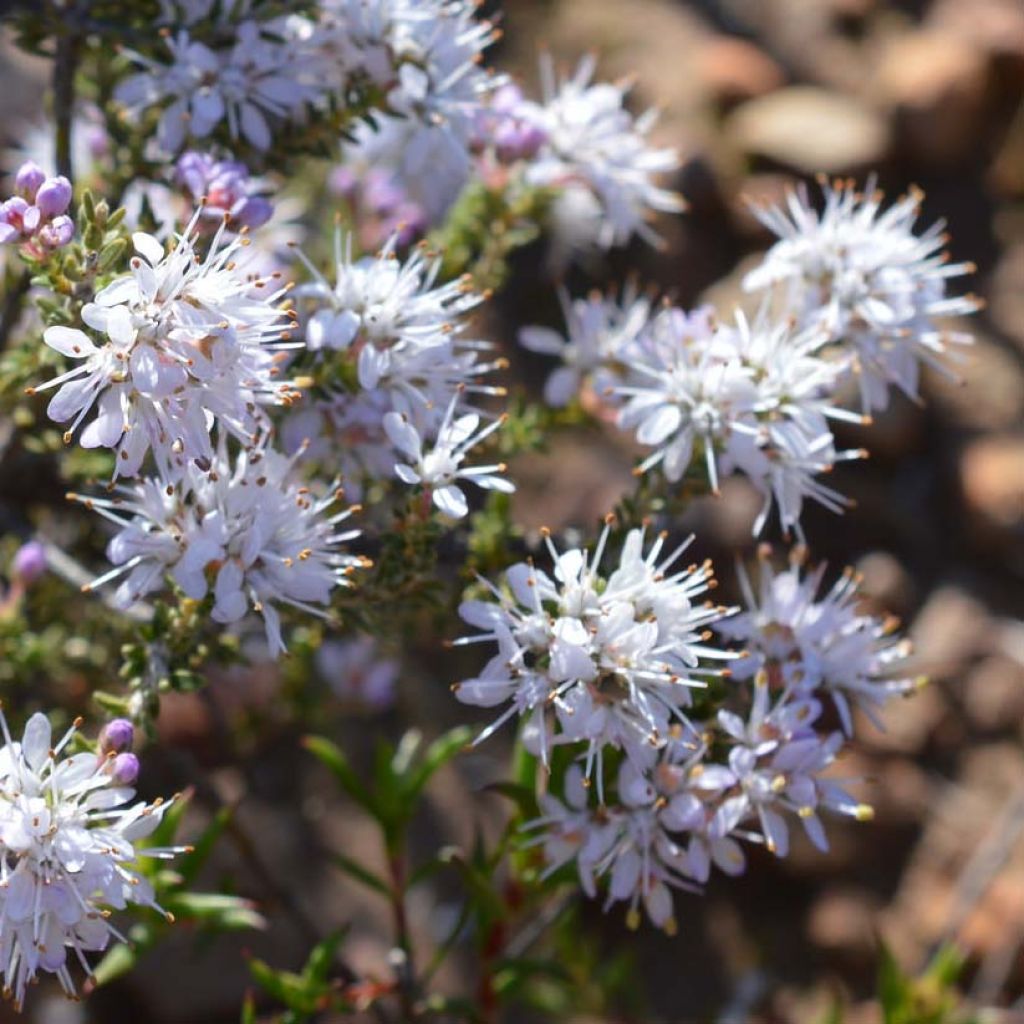

Agathosma capensis
Agathosma capensis
Agathosma capensis
Spicy buchu, Cape buchu
This item cannot be shipped to the selected country
Delivery charge from €5.90
More information
Schedule delivery date,
and select date in basket
This plant carries a 24 months recovery warranty
More information
We guarantee the quality of our plants for a full growing cycle, and will replace at our expense any plant that fails to recover under normal climatic and planting conditions.
From €5.90 for pickup delivery and €6.90 for home delivery
Express home delivery from €8.90.
Does this plant fit my garden?
Set up your Plantfit profile →
Description
Agathosma capensis is a small South African shrub that is still very little known in Europe. It somewhat resembles a beautiful heather, with its upright and ramified habit and its delicate foliage. Like heather, it prefers a rather acidic soil, but the comparison ends there. Its flowering, in small globular heads of flowers that range from pink to white, occurs more or less throughout the year in very mild climates, however, is quite different. In reality, it is a plant related to citrus trees, not very hardy but resistant to drought. If you have a garden located on the coast then this Agathosma should thrive in your garden. As it performs very well in pots, gardeners in colder climates can admire it on the terrace during the entire summer season, enjoy the fragrance of its foliage, and bring it indoors during winter in a lightly heated greenhouse or conservatory.
Agathosma capensis is a shrub from the Rutaceae family native to the entire southern region of South Africa. It naturally grows in soils derived from rocks such as granite, shale, or coastal sands. It can be found on mountain slopes up to 1800m (5905ft 6in) altitude, as well as in lowlands. While it fears limestone, it is rare to find it in acidic sands, and its roots penetrate deeply between rocks. Its genus name, Agathosma, which can be translated as pleasant smell, refers to its small leaves rich in essential oil. In nature, its appearance varies depending on the ecotypes.
This shrub has a slow growth rate and an overall rounded upright habit, reaching an average size of 60cm (23.6in) in all directions. It develops a single trunk and thin ascending and ramified branches that lignify over time. They bear small linear leaves, ranging from 1.5 to 7mm (0.1 to 0.3in) in length, with obtuse or rounded tips, arranged alternately on the branches. The foliage emits a complex aroma when crushed, which is both sweet, woody, and spicy. The flowering, particularly long, mainly occurs in spring and summer in our climates. It takes the form of small globular inflorescences, 2cm (0.8in) in diameter, composed of numerous small flowers with 5 petals and prominent stamens. The flowers are pink when they bloom, but quickly fade to white. This flowering attracts many pollinating insects. The fruits are capsules with 2 or 3 chambers, each containing a black seed. It is ants that store the seeds in their hiding places: they will germinate after rainfall. Agathosma anchors itself on a rhizome capable of regenerating a plant after a fire.
Agathosma capensis possesses the unique charm of plants from slightly desolate lands, like many species of the South African fynbos, a specific vegetation formation of a Mediterranean-type climate. In favourable climates, it can be planted on the edge of flower beds, along with dry-soil heathers, Coleonema, or other Diosma species to stagger the flowering periods. Outside of certain well-targeted areas, it seems preferable to cultivate it in pots, where the substrate and winter conditions can be controlled. In the garden, it can be associated, for example, with Galvezia speciosa, Restios, broom heaths, or white, pink, or red Cistus. On the terrace or balcony, it can be surrounded by Cape leadwort, which has a long blue flowering period, Tibouchina, or common myrtle 'Flore Pleno'.
Report an error about the product description
Agathosma capensis in pictures
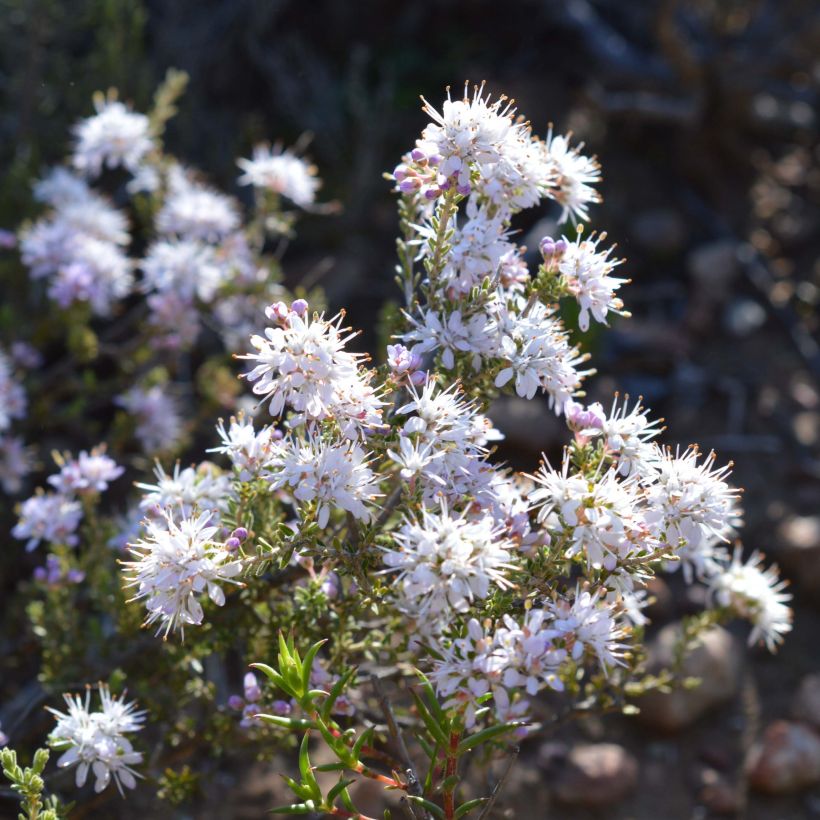

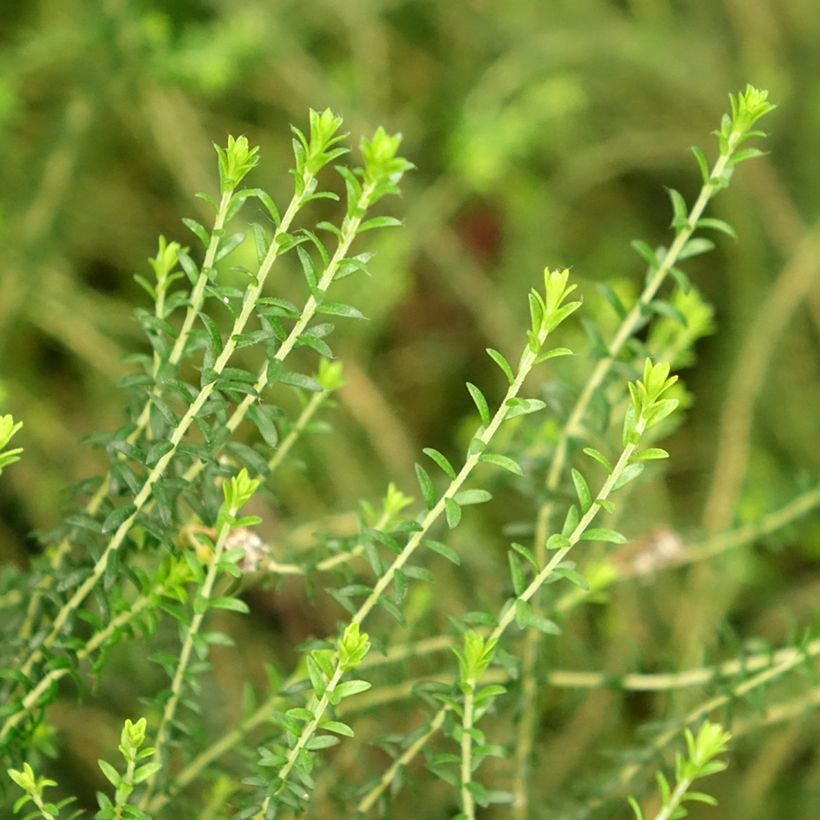

Plant habit
Flowering
Foliage
Botanical data
Agathosma
capensis
Rutaceae
Spicy buchu, Cape buchu
South Africa
Other Shrubs A to Z
Planting and care
Agathosma capensis is a sun-loving plant that thrives in well-drained, non-calcareous soil, preferably granite, sandy or schistose, enriched with humus. It is hardy up to -6°C (21.2 °F), but loses its leaves as soon as the temperature drops below 0°C (32 °F). Plant it in the ground or in pots, preferably in spring. Choose a very sunny exposure. The soil should be light, very well-drained, and preferably neutral to acidic: a mix of heath soil, sand, and compost is ideal. Water the Agathosma to help with its establishment, using non-calcareous or slightly calcareous water. Watering in summer should be abundant but spaced out: allow the substrate to dry between two waterings and avoid watering near the collar (base of the trunk) of the plant. Indeed, this bush is sensitive to a fungus called Phytophthora, which develops in soils that are constantly warm and humid. It is perfectly adapted to the Mediterranean climate (in non-calcareous soil) or to the climate of the southwest Atlantic coast. Avoid planting it in the middle of perennials or too vigorous shrubs that could hinder its development, which is much slower than theirs.
If cultivated in a pot, it should be taken outdoors as soon as frost is no longer a concern. Choose a large container to avoid frequent watering. Apply slow-release fertilizer in spring and during summer. Store your Agathosma frost-free in autumn, in a cold greenhouse, in a lightly heated conservatory, or in a bright and cool room.
Pruning is necessary after a few years, when the plant starts to look a bit untidy. It should be done after flowering.
Planting period
Intended location
Care
-
, onOrder confirmed
Reply from on Promesse de fleurs
Evergreen shrubs
Haven't found what you were looking for?
Hardiness is the lowest winter temperature a plant can endure without suffering serious damage or even dying. However, hardiness is affected by location (a sheltered area, such as a patio), protection (winter cover) and soil type (hardiness is improved by well-drained soil).

Photo Sharing Terms & Conditions
In order to encourage gardeners to interact and share their experiences, Promesse de fleurs offers various media enabling content to be uploaded onto its Site - in particular via the ‘Photo sharing’ module.
The User agrees to refrain from:
- Posting any content that is illegal, prejudicial, insulting, racist, inciteful to hatred, revisionist, contrary to public decency, that infringes on privacy or on the privacy rights of third parties, in particular the publicity rights of persons and goods, intellectual property rights, or the right to privacy.
- Submitting content on behalf of a third party;
- Impersonate the identity of a third party and/or publish any personal information about a third party;
In general, the User undertakes to refrain from any unethical behaviour.
All Content (in particular text, comments, files, images, photos, videos, creative works, etc.), which may be subject to property or intellectual property rights, image or other private rights, shall remain the property of the User, subject to the limited rights granted by the terms of the licence granted by Promesse de fleurs as stated below. Users are at liberty to publish or not to publish such Content on the Site, notably via the ‘Photo Sharing’ facility, and accept that this Content shall be made public and freely accessible, notably on the Internet.
Users further acknowledge, undertake to have ,and guarantee that they hold all necessary rights and permissions to publish such material on the Site, in particular with regard to the legislation in force pertaining to any privacy, property, intellectual property, image, or contractual rights, or rights of any other nature. By publishing such Content on the Site, Users acknowledge accepting full liability as publishers of the Content within the meaning of the law, and grant Promesse de fleurs, free of charge, an inclusive, worldwide licence for the said Content for the entire duration of its publication, including all reproduction, representation, up/downloading, displaying, performing, transmission, and storage rights.
Users also grant permission for their name to be linked to the Content and accept that this link may not always be made available.
By engaging in posting material, Users consent to their Content becoming automatically accessible on the Internet, in particular on other sites and/or blogs and/or web pages of the Promesse de fleurs site, including in particular social pages and the Promesse de fleurs catalogue.
Users may secure the removal of entrusted content free of charge by issuing a simple request via our contact form.
The flowering period indicated on our website applies to countries and regions located in USDA zone 8 (France, the United Kingdom, Ireland, the Netherlands, etc.)
It will vary according to where you live:
- In zones 9 to 10 (Italy, Spain, Greece, etc.), flowering will occur about 2 to 4 weeks earlier.
- In zones 6 to 7 (Germany, Poland, Slovenia, and lower mountainous regions), flowering will be delayed by 2 to 3 weeks.
- In zone 5 (Central Europe, Scandinavia), blooming will be delayed by 3 to 5 weeks.
In temperate climates, pruning of spring-flowering shrubs (forsythia, spireas, etc.) should be done just after flowering.
Pruning of summer-flowering shrubs (Indian Lilac, Perovskia, etc.) can be done in winter or spring.
In cold regions as well as with frost-sensitive plants, avoid pruning too early when severe frosts may still occur.
The planting period indicated on our website applies to countries and regions located in USDA zone 8 (France, United Kingdom, Ireland, Netherlands).
It will vary according to where you live:
- In Mediterranean zones (Marseille, Madrid, Milan, etc.), autumn and winter are the best planting periods.
- In continental zones (Strasbourg, Munich, Vienna, etc.), delay planting by 2 to 3 weeks in spring and bring it forward by 2 to 4 weeks in autumn.
- In mountainous regions (the Alps, Pyrenees, Carpathians, etc.), it is best to plant in late spring (May-June) or late summer (August-September).
The harvesting period indicated on our website applies to countries and regions in USDA zone 8 (France, England, Ireland, the Netherlands).
In colder areas (Scandinavia, Poland, Austria...) fruit and vegetable harvests are likely to be delayed by 3-4 weeks.
In warmer areas (Italy, Spain, Greece, etc.), harvesting will probably take place earlier, depending on weather conditions.
The sowing periods indicated on our website apply to countries and regions within USDA Zone 8 (France, UK, Ireland, Netherlands).
In colder areas (Scandinavia, Poland, Austria...), delay any outdoor sowing by 3-4 weeks, or sow under glass.
In warmer climes (Italy, Spain, Greece, etc.), bring outdoor sowing forward by a few weeks.

































